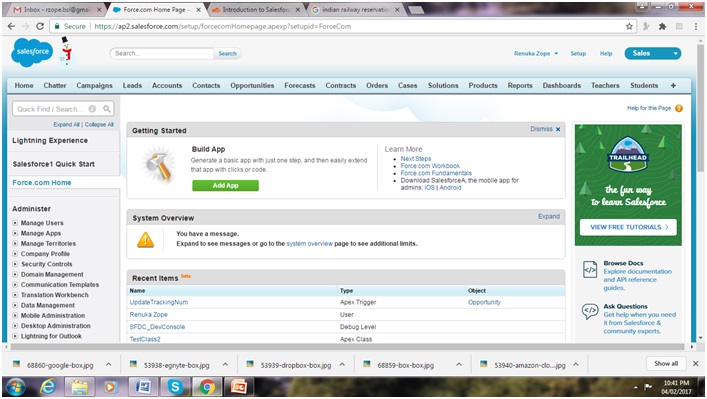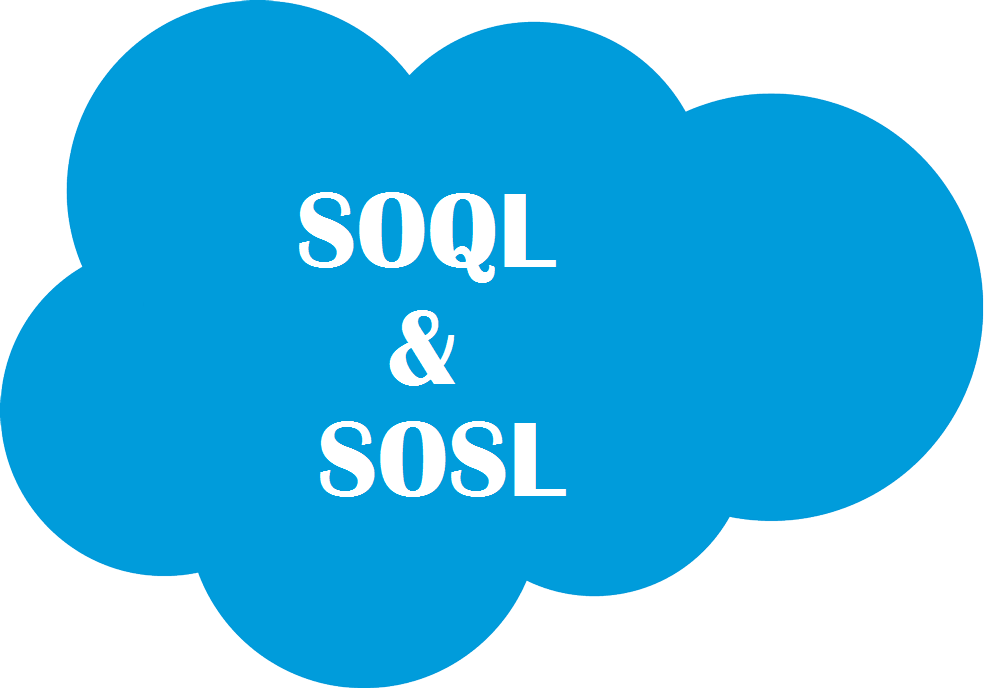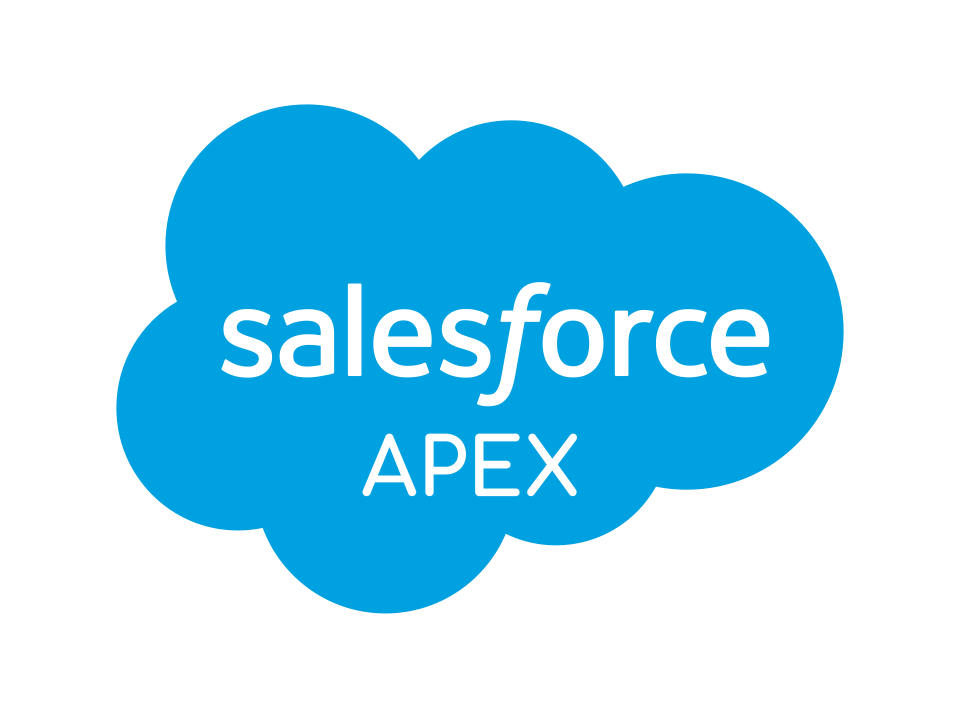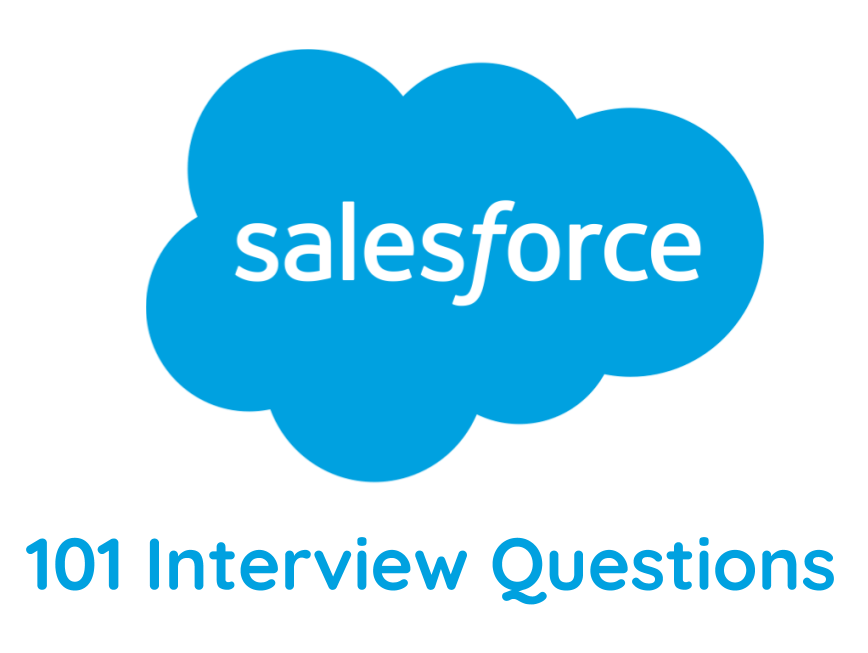Salesforce Tutorial# 1: Introduction to Cloud Computing (Salesforce.com and Force.com)
Cloud Computing has become a buzz word nowadays and everyone trying to cash on it. If you offer your services on the cloud, then you will find many takers for it as it’s going to be huge cost savings for organizations and enterprises. Salesforce is one such player who offers many services over the cloud and enjoys huge popularity.
In this tutorial series, we are going to explore more on Salesforce and its cloud services. We will start with the basic concepts of cloud computing and move forward to more advanced topics and services.
1.1 Introducing the concept of Cloud Computing
Cloud computing is the term in which consumers can get services like software support or development, platform development, infrastructure management, and sharing, e-business (m-business) via the internet. The term cloud was inspired by the symbol of cloud used to represent the Internet in flowcharts.
The basic idea behind cloud computing is anytime, anyone and anywhere can access the services through the internet. The service provided by cloud computing can have characteristics like elasticity, dynamic, cost-effectiveness, on-demand services, pays for what you use.
These characteristics have different meanings to different types of cloud users (stakeholders). In order to ensure common understanding, potential cloud stakeholders are characterized into four general roles:
- End Users: Consumer of the cloud application services
- Cloud Service Providers (CSPs): Provider of cloud capabilities
- Cloud Tool Providers (CTPs): Third-party provider of cloud support and manageability tools
- Cloud Application Vendors (CAVs): Vendor of cloud services
Following is the list of Top 10 Cloud Services
- Amazon Cloud Drive (https://www.amazon.com/clouddrive)
- Box (https://www.box.com/pricing)
- Dropbox (https://www.dropbox.com)
- Egnyte (http://www.egnyte.com/corp/plans_pricing.html)
- G Suite (https://gsuite.google.com/pricing.html)
- iCloud (http://www.apple.com/icloud/)
- iDrive (https://www.idrive.com/idrive)
- Microsoft OneDrive (https://onedrive.live.com)
- OpenDrive (https://www.opendrive.com)
- SugarSync (https://www.sugarsync.com)
1.2 Introduction of cloud vendors (Salesforce)
Customer relationship management (CRM) is the key feature of the Salesforce cloud vendor. The term is based on CRM cloud software systems. Salesforce.com is used to manage sales and has key products like Chatter, Work.com, ServiceCloud, Salesforce1 Platform, Salesforce Communities, ExactTarget Marketing Cloud, Pardot, and Sales Cloud.
The most popular product from Salesforce.com is Sales Cloud. This is a CRM system that allows you to manage opportunities for your business, contacts, leads, and customers; forecast projected revenue; track customer cases, follow the status of deals; feedback, problems, and resolutions, etc. Salesforce Sales Cloud is only a tool to manage your sales process. We need to develop processes according to our unique business needs in order for it to work.

1.3 Overview of each of three building blocks in cloud applications
Cloud computing is a model for providing IT services through the internet. The services are placed in remote places (UDDI registry). The resources are retrieved from the Internet through web-based tools and applications. These services are mainly divided into three categories:
- Software-as-a-Service (Saas).
- Platform-as-a-Service (Paas)
- Infrastructure-as-a-Service (Iaas),
1.3.1 SAAS (Salesforce.com)
Software as a service (or SaaS) is the way of delivering applications over the Internet—as a service. Instead of installing each software on your personal computer/laptop, you can easily access it from the internet.
Salesforce.com is a standard application for CRM which provides many services online (as discussed earlier in section 1.2).
Sales Cloud consists of following objects likes
- Campaign: campaigns is a “marketing tactic” (or series of tactics) that are designed to achieve specific goals such as increased revenue, leads, used to generate an invoice, etc. The campaign can be Online Campaigns, Web Campaigns, etc.
- Leads: Leads can be defined as a future perspective object of Salesforce.com. You may get more business from leads. Its an object which supports Business to Consumer (B2C). When a lead becomes your customer to create an account for them, find the contacts, and generate opportunities.
- Account: Unique entity to track your customer business.
- Contacts: Contact details of customer (an employee of that company).
- Opportunity: This object can be in terms of revenue where all financial transactions are maintained.
- Products: Item which you sell to your customer.
- Pricebook: Catalog of standard prices
- Quotes : (Quotation) This is the proposed price of services and products.
Service Cloud consists of
- Cases: This is the description of the customer’s complained
- Solutions: Solution to customer issues
- Idea: Open online suggestion box, we can say a forum where anybody can post an idea, others can comment, like, etc.
- Q and A – Questions and Answer (Note: if a question is not answered in some specific time span then that is converted to a case)
- Reports: summarized representation of Data
- Dashboards: graphical representation of data.
- Documents: This is a centralized repository where access is granted to the right people.
- Tasks/Activities tasks and activities are scenarios or projects.
Out of these 16 objects, Idea and Q and A are Community objects. Accounts, Contacts, Reports, Dashboards, Documents, and tasks/Activities are Universal objects.
1.3.2 PAAS (Force.com)
The platform as a service means that the platform exists “in the cloud,” accessible to customers via the Internet. The functionality of a platform’s infrastructure differs widely across platform vendors.
Force.com is a multi-tenant architecture that is used by corporate application developers and independent software vendors. Force.com provides a custom application platform centered on the relational database, one resembling an application server.Force.com is free for developers. Production applications are priced based on the usage for storage.
Force.com is integrated with other technologies using open standards like SOAP and REST, the programming languages like APEX. Force.com supports the metadata-driven development model. VMforce is one of the best platforms for the developer community which consists of development tools from the Salesforce community and virtualized computing resources from VMware. Using VMforce, one can create hybrid applications that use Force.com for data and services but are built with Java standard technologies such as spring.
1.3.3 IAAS
Infrastructure as a Service (IaaS) is a form of service where resources are shared virtually. Multitenancy is a good example of virtualization. The Virtual machine monitor (Hypervisor) is responsible to create and run the virtual machines(guest machine).
That’s it for our first tutorial on the overview of cloud computing. Please stay tuned for next tutorial which will talk about database concepts and databases used in salesforce.
Tutorial Index
- Introduction to Cloud Computing (Salesforce.com and Force.com)
- Overview of Database Concepts (Salesforce.com)
- Introduction to Force.com
- Building Salesforce Custom App and Objects
- Object Relationships and Formula Field in Salesforce
- Salesforce Security Model and Overview
- Automation in Salesforce
- Approval Process in Salesforce
- Introduction to SOQL and SOSL
- Introduction to Apex
- Salesforce Data Management
- Visualforce MVC Architecture on Cloud
- Salesforce Reports and Dashboards
- Building a Visualforce (Custom) Page for the Salesforce App
- Salesforce Sandbox and Overview of Force.com capabilities
- Learning Apex and Deployment Tools
Please feel free to get back to us for any questions and we will try our best to answer them as soon as possible.





Thanks for sharing helpful tutorial, i am thankful that i found your blog.
Hi,
I read this article.It’s very informative thank you for sharing.